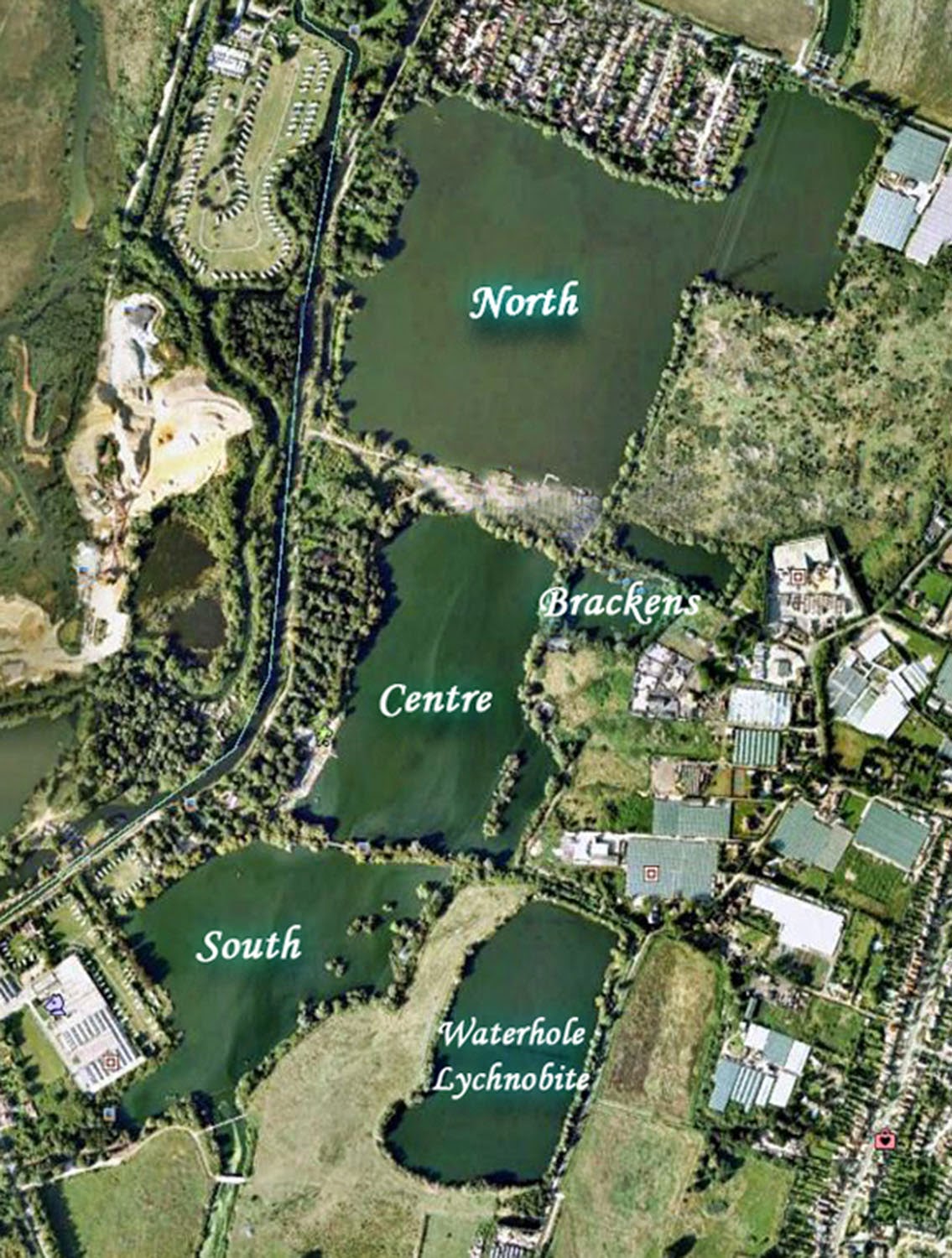Stop moving, I’m trying to count you!
With a few spare hours before tripping over to Brentwood for my daughter’s birthday, I could have easily tried to pick up a few more of the ‘easy’ species I’m missing. These include believe it or not, Common Treecreeper, Common Sandpiper or even, a Siskin or a Med Gull. I know it’s pretty pathetic to have these missing by mid November but there you go.
So instead of using these few hours selfishly, I used them wisely. In a moment of madness, I signed myself up to be the WeBS counter through the Lee Valley Park for the BTO. My own little area is Nazeing Meads, used primarily by fishermen and sailing enthusiasts and it comprises of four large expanses of water.
 |
| Nazeing Meads |
There’s a knack to counting birds. It’s not as simple as just counting each bird while pointing your finger at them. No, they move a lot which is quite inconsiderate of them. After all, the BTO and their surveys are really for their benefit but there’s no telling them I’m afraid.
Counting each individual bird you see can be a challenge, but it can also become valuable information for scientific research. As populations of birds change, those fluctuations may indicate shifts in pollution levels, climate change, habitat loss, migration timing and more.
There a few techniques to this counting game. Some of it is common sense and some of it a bit scientific with words like transect and impoundment entering my vocabulary.
Fortunately I had a good map (not the one above) that showed the best advantage points to use to view each impoundment (confined area of water). With this, I was able to get good views of most of each lake. The lakes were mainly covered in Tufted Ducks and Great Crested Grebes. A large flock of Canada Geese flew in but overall, it was fairly easy and straightforward. I would hate to think what might happen if a peregrine came through and everything took to the skies. Start again I suppose.
So for 2 hours, I plotted my route around Nazeing Meads and I was really quite surprised by the numbers of birds I was recording. I was able to estimate large groups of duck by creating a mental grid, counting ten birds and then multiplying that by the area they occupied across the rest of the overall area. I then repeated this in a more point and count way and found the number was only about 3 under from the actual count. You have to allow for density and mixed flocks but essentially when winter really arrives, the wildfowl numbers could increase ten-fold and grid estimates will be the only way to do it.
 |
| Goldeneye |
Four Goldeneye and a fly by Kingfisher were the highlights and of course, the scenery at 7am is incredible.
 |
| View towards South Lake |




Comments
Post a Comment